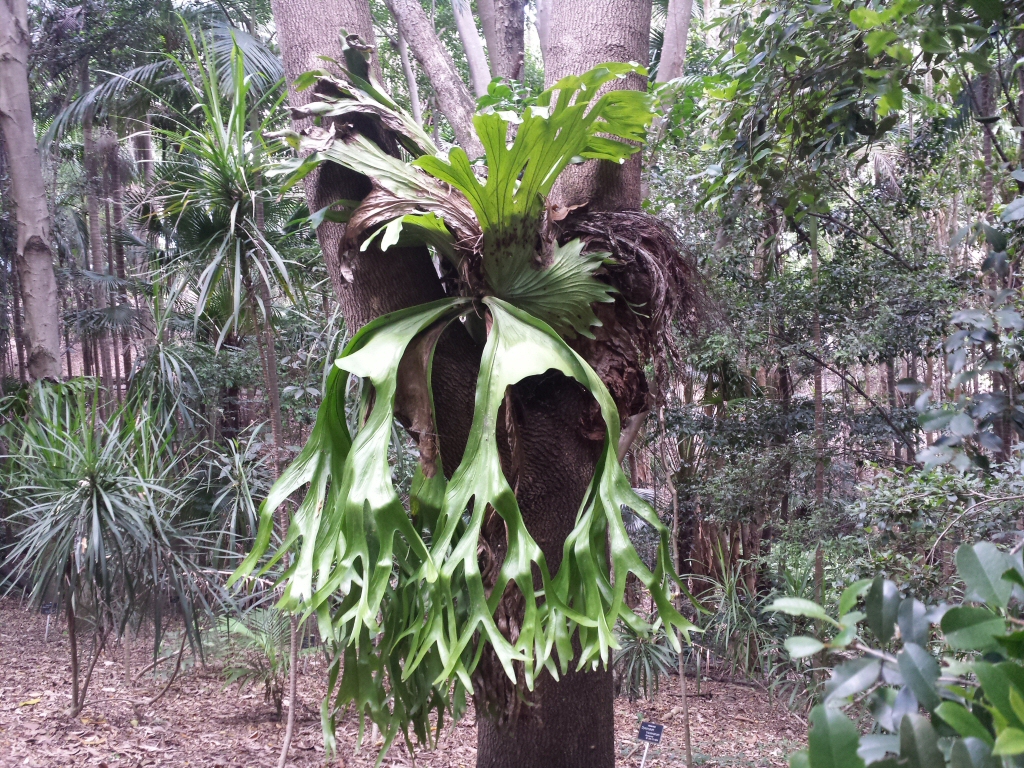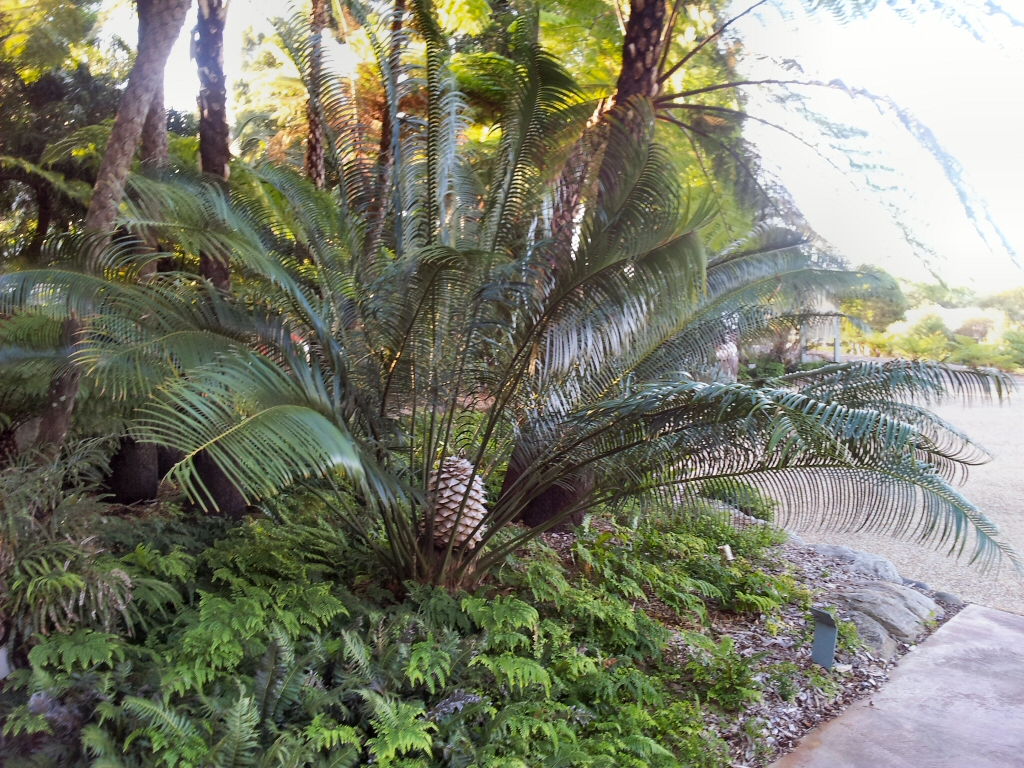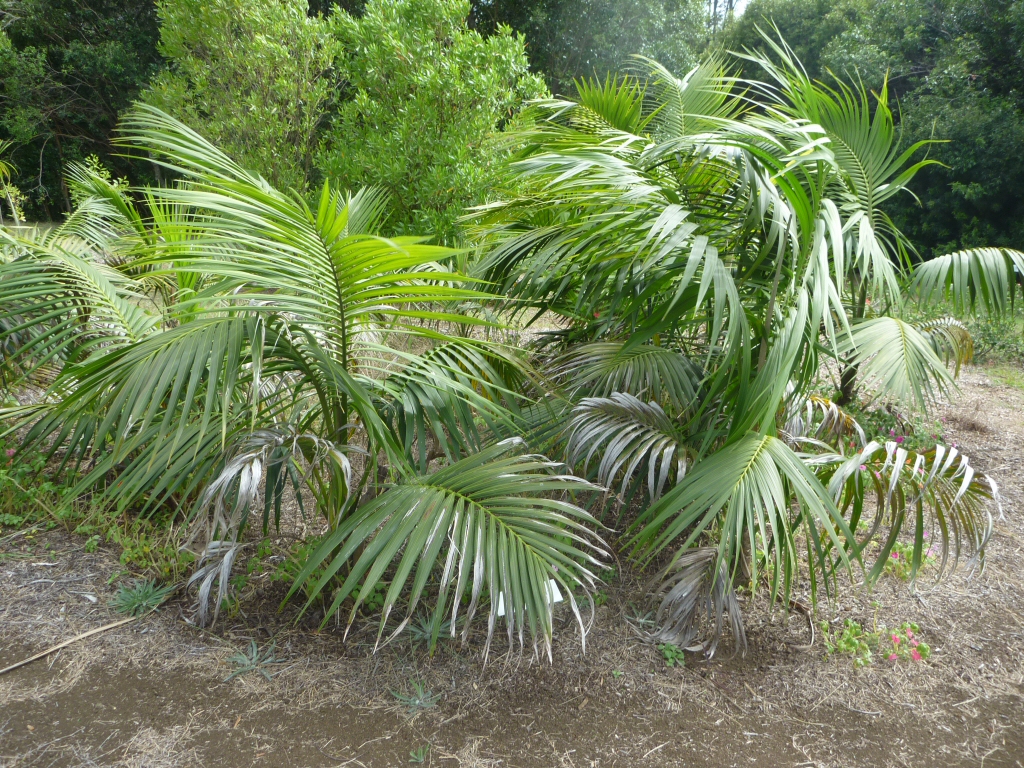What Australian ferns, palms and cycads can I grow in my garden?
This group of plants represents an ancient part of the world flora that dominated along with conifers before flowering plants emerged and eventually evolved into the fascinatingly diverse collection we have today. While this was occurring the ferns, palms and cycads continued to propagate from generation to generation with miniscule change over periods of tens of millions of years. Apart from the intrinsic beauty of their form and foliage the antiquity of these plants also commands our attention.
Cycads in particular are an extraordinary remnant of the dinosaur era with their leathery fronds and short, stout trunks. They live for decades and the Australian species are mostly found in dry eucalypt forest habitats as their waxy leaves are adapted well to surviving with minimal amounts of water.
Ferns always conjure up images of cool, shady, moist habitats and are perfect for such situations in the garden. They tend to be rather shallow-rooted plants that will suffer under prolonged dry conditions so protection from hot sun is particularly important. Ferns will also benefit greatly from organic mulches such as leaf litter that will gradually rot down to provide a slow release source of nutrition.
-

Dicksonia antarctica - Soft tree fern
-

Cheilanthes seiberi - mulga fern
-

Asplenium australasicum - birds nest fern
Palms in the wild tend to inhabit moist rainforest type habitats where their seedlings are able to establish under low light conditions but eventually grow tall enough to emerge alongside the tree canopy. They will therefore grow very well under garden conditions when given a reasonably deep, moisture-retentive soil.
Australian Native Ferns
The maidenhair ferns ( Adiantum species) are one of the most delicate of all with their lacy fronds forming into attractive clumps.
The genus Asplenium contains some really remarkable ferns such as the well known bird’s nest fern (A. nidus) with its leathery light green rosette of foliage and the hen and chicken fern (Aspelenium bulbiferum), so-called because of the tiny plantlets that form on the feathery dark green fronds.
Tree ferns are wonderfully evocative plants to use to create a rainforest feel in the garden and Australia has some of the best for cultivation, particularly the rough tree fern (Cyathea australis) and the soft tree fern (Dicksonia Antarctica). Both species are common through the moister forests of southeastern Australia including Tasmania, a fact that attests to their adaptability to a wide range of soil and climatic conditions.
Hares foot fern (Davallia solida) is a delightful fern which features above-ground prostrate stems that, as the name suggests have a soft, furry covering.
Staghorn and elkhorn ferns belong to the genus Platycerium and are magnificent ephiphytic additions to gardens in temperate to tropical areas. The intricately lobed fronds attach themselves to rocks or tree trunks in the wild and so can be easily moved around the garden if needs be.
-

Platycerium superbum - staghorn fern
-

Platycerium bifercatum - elkhorn fern
-

Platycerium superbum - staghorn fern
Australian Native Palms
The Alexander palm (Archontophoenix alexandrae) is perhaps the best known of a group of stately palms that are adaptable to a wide range of conditions.
The kentia palm (Howea forsteriana) is one of the great indoor plants due to its ability to thrive in relatively low light levels with millions of plants being sold world-wide each year.
The genus Livistona , sometimes known as fan palms, contains many useful ornamental palms with their graceful, circular fronds cascading from the crown of the plant. The cabbage tree palm (Livistona australis) is the most widely planted of the fan palms as it makes an excellent feature plant or street tree.
The foxtail palm (Wodyetia bifurcata) is one of the world’s outstanding ornamental palms with its beautifully lobed foliage but is really best suited to tropical climates.
Australian Native Cycads
The zamia palm (Cycas media) is probably the most commonly planted member of this genus of palm-like cycads. Another group that is often known by the common name of zamia belongs to the cycad genus Lepidozamia. Scaly zamia (L. peroffskyana) is typical of the genus as it develops a stout trunk up to 6 metres in height that is crowned by the elegant glossy, deep green fronds. These are architectural plants that make wonderful garden features.
The genus Macrozamia also contains some outstanding subjects for the garden with some species having substantial above ground trunks (eg Macrozamia moorei) while others have underground trunks with the foliage emerging at ground level, creating an interesting effect (eg burrawang, M. communis).












